This one time I came to witness the decay of a ghost-metropolis, but somehow, I ended up falling for the city. I mean, why not if I found what I was looking for and more. Much more.
If you find yourself on the outskirts of downtown, you generally have two choices: venture into the crumbling remnants of Detroit’s Corktown, or head toward the rapidly revitalizing city center. And whichever path you take will leave you with a completely different story to tell.
Bush Park
In uptown, take a stroll through one of the neighborhoods lined with grand, old Victorian homes. There’s the Canfield Historic District, steeped in charm.
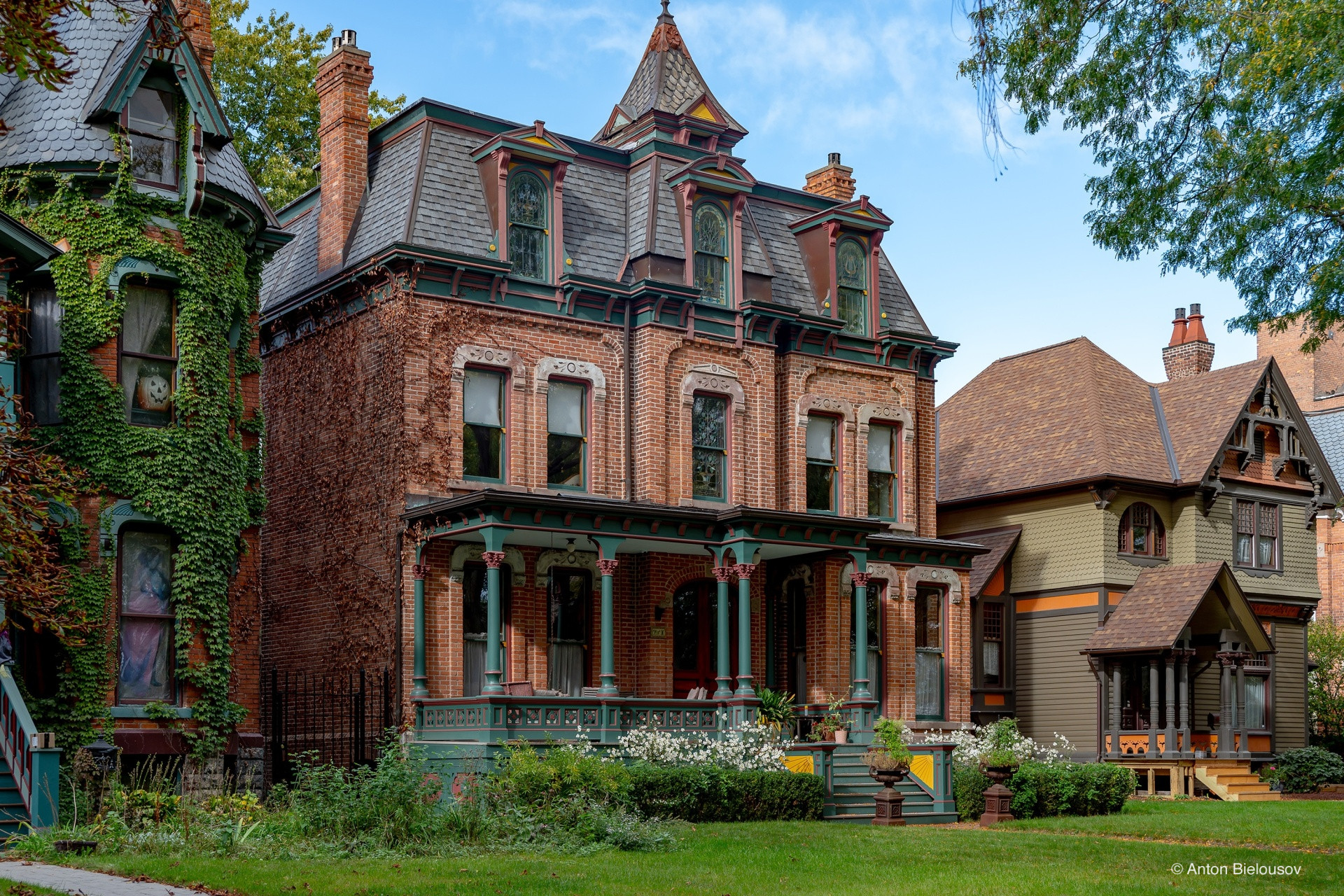
Or Bush Park, equally impressive in its own right.
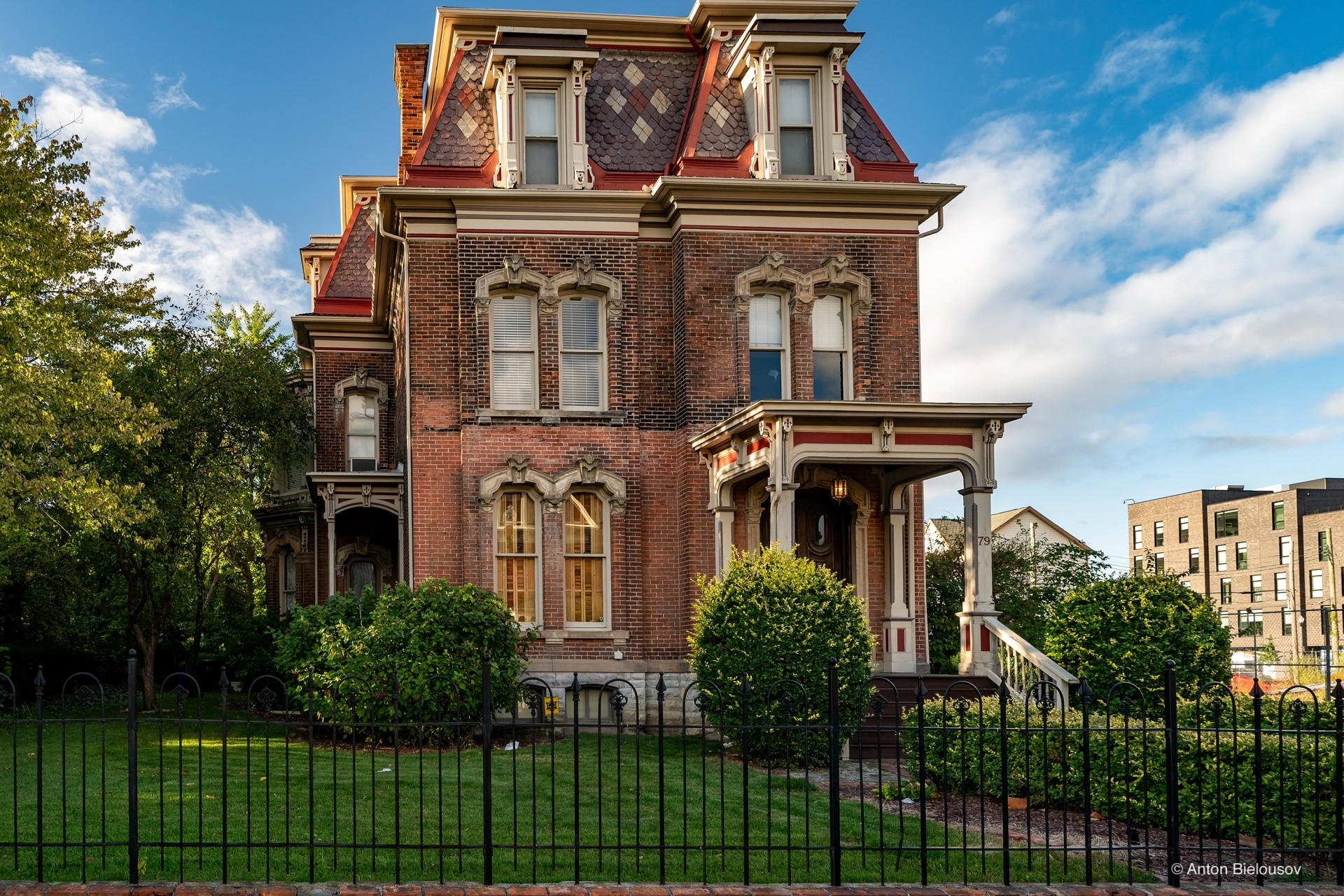
Unlike most of Corktown, these buildings never came from the Sears catalogue. And they’ve been more loved (less abandoned if you will).
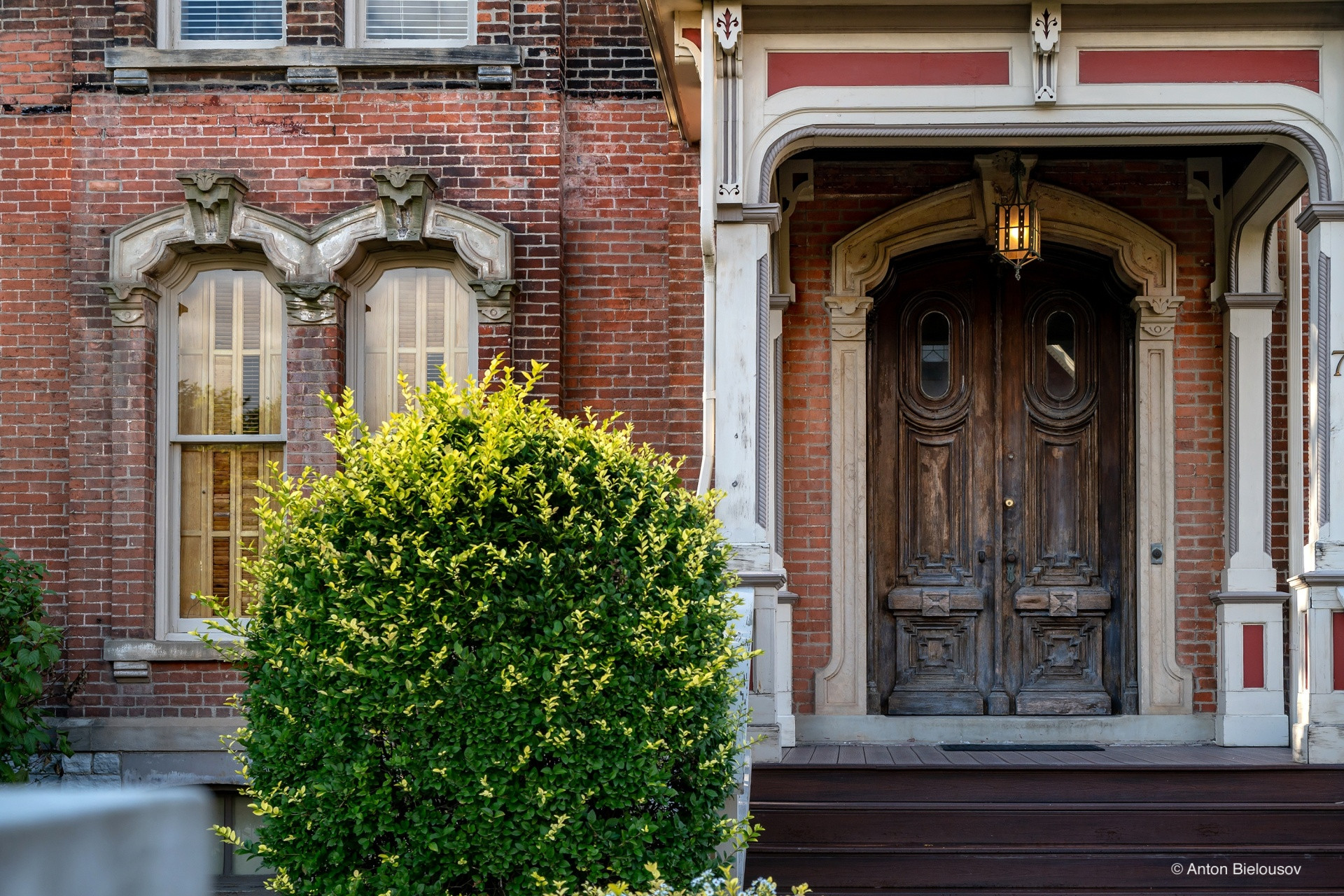
To be fair, this area is still considered one of the abandoned ones, but there are more spots here, where new developments are popping up.

Today Detroit is home to about 78,000 abandoned buildings. That’s not just a handful of run-down houses, that’s practically a city of decay.
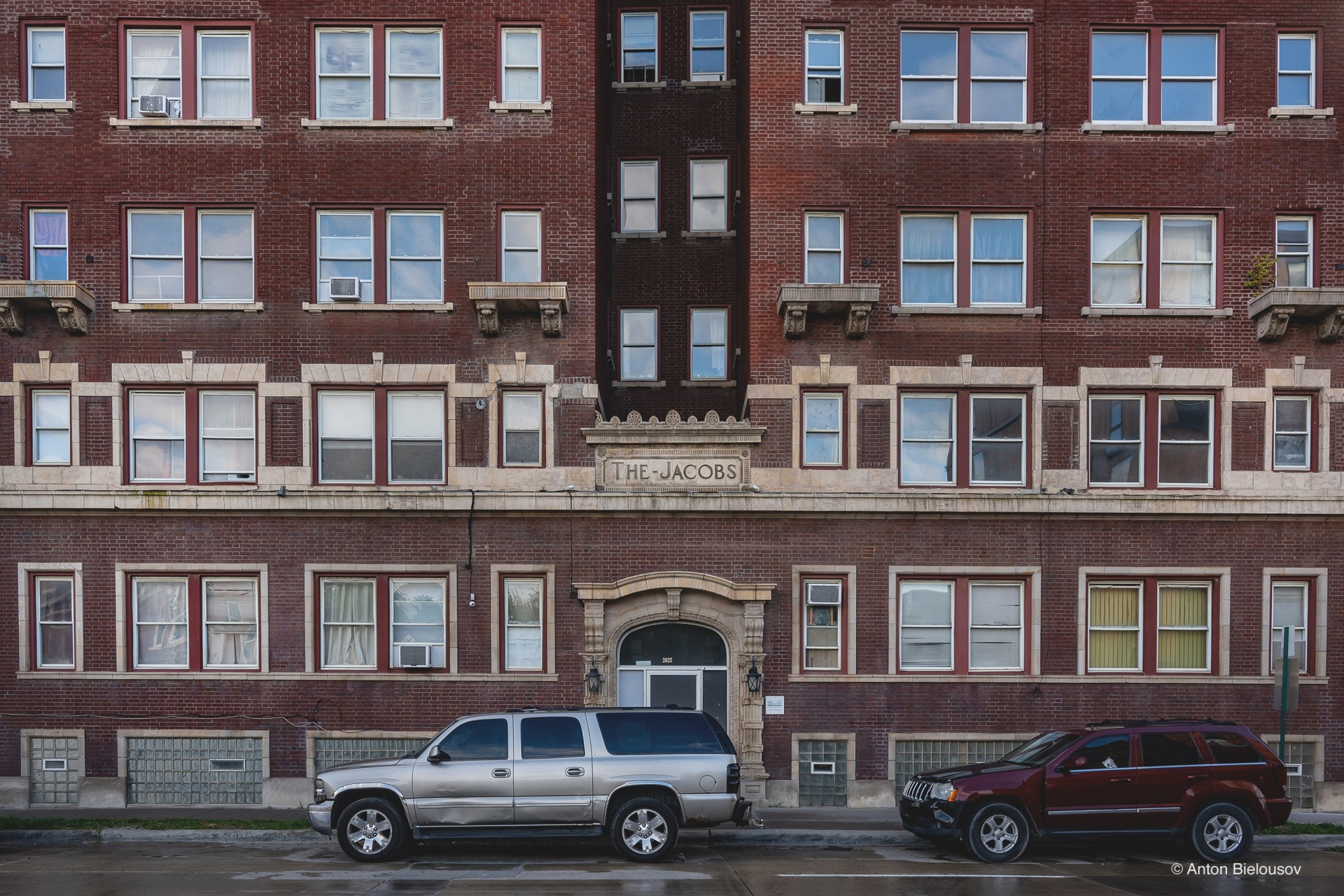
More than half of them are set to be demolished—that’s nearly a quarter of the entire city’s buildings.
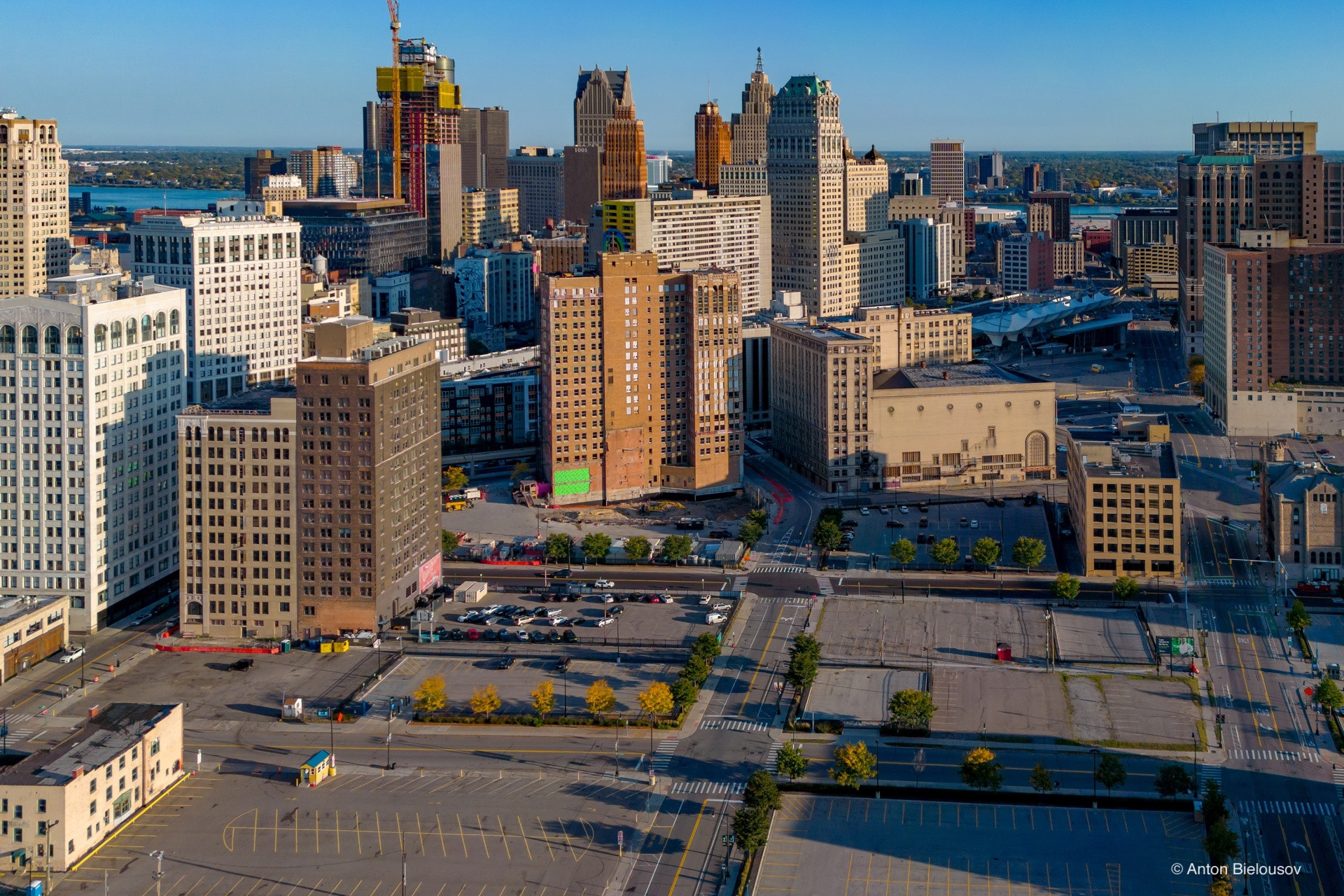
Where a house once stood, you either get a nice little patch of grass… or they just pour concrete over it and call it a parking lot.
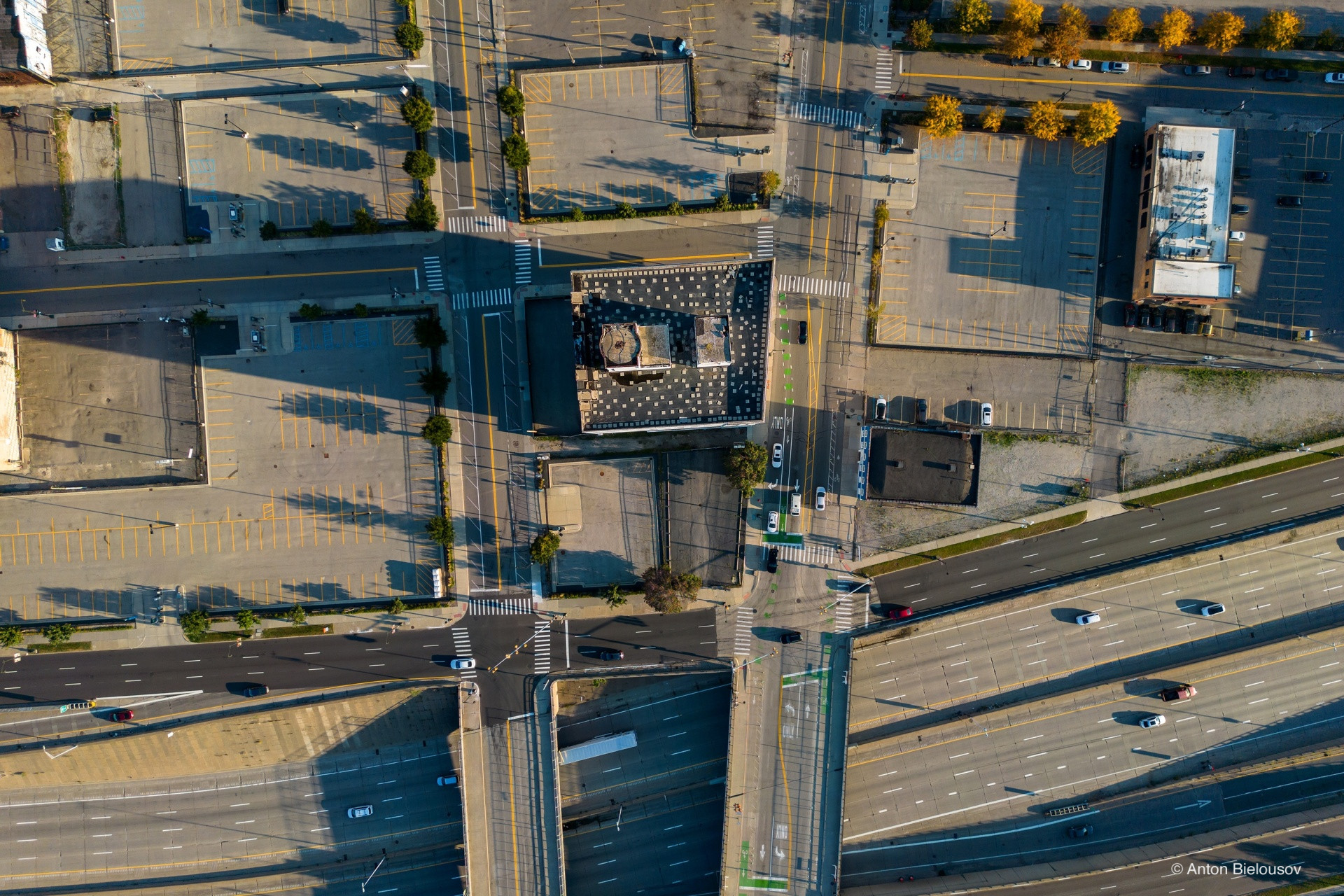
Needless to say, Detroit now has far more parking spaces than actual cars.

But at least those multi-story garages serve one useful purpose—you can climb to the rooftop and get some rather spectacular shots of the city from above.
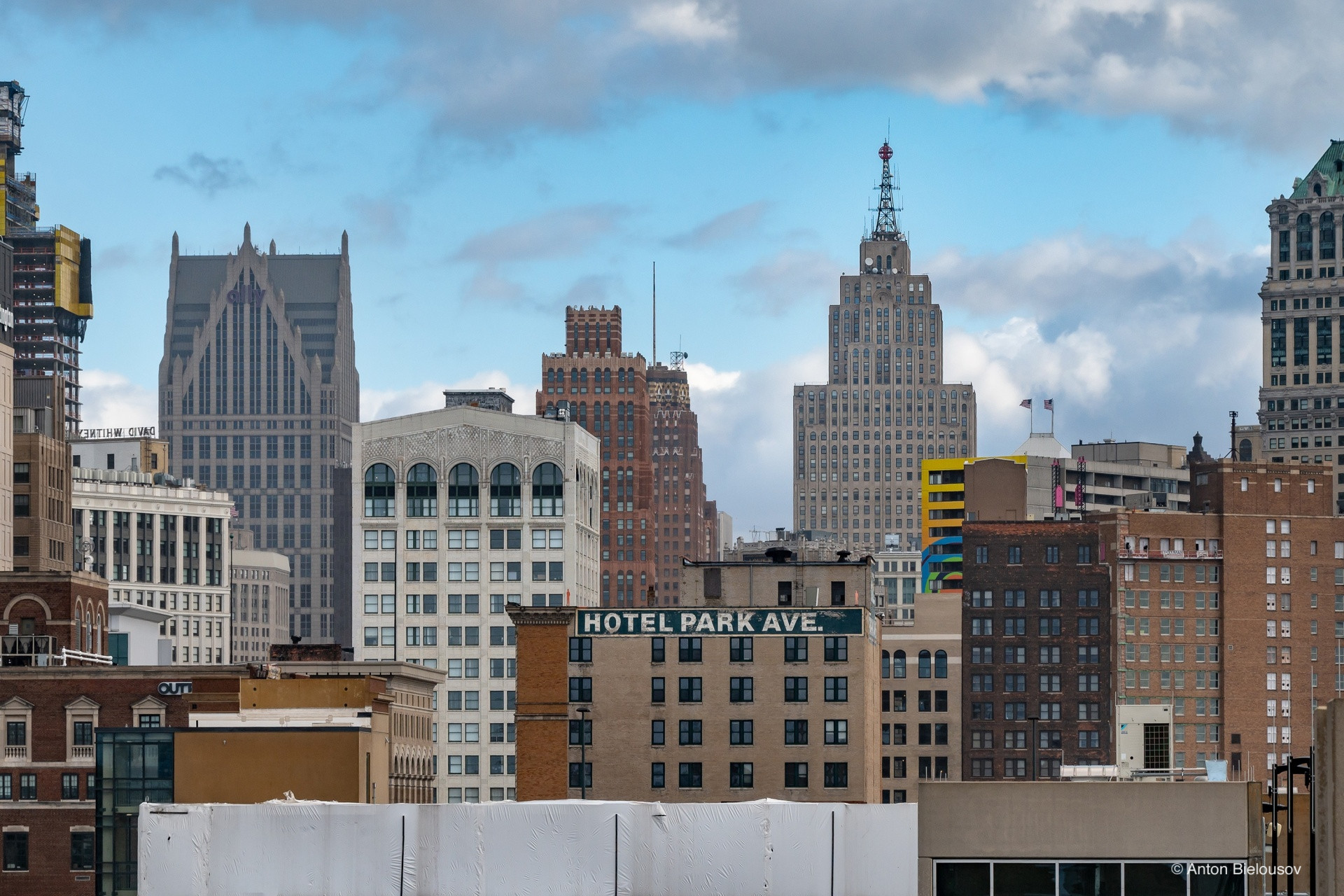
Totally recommend hiking up a few roof levels if you are after a good photo.
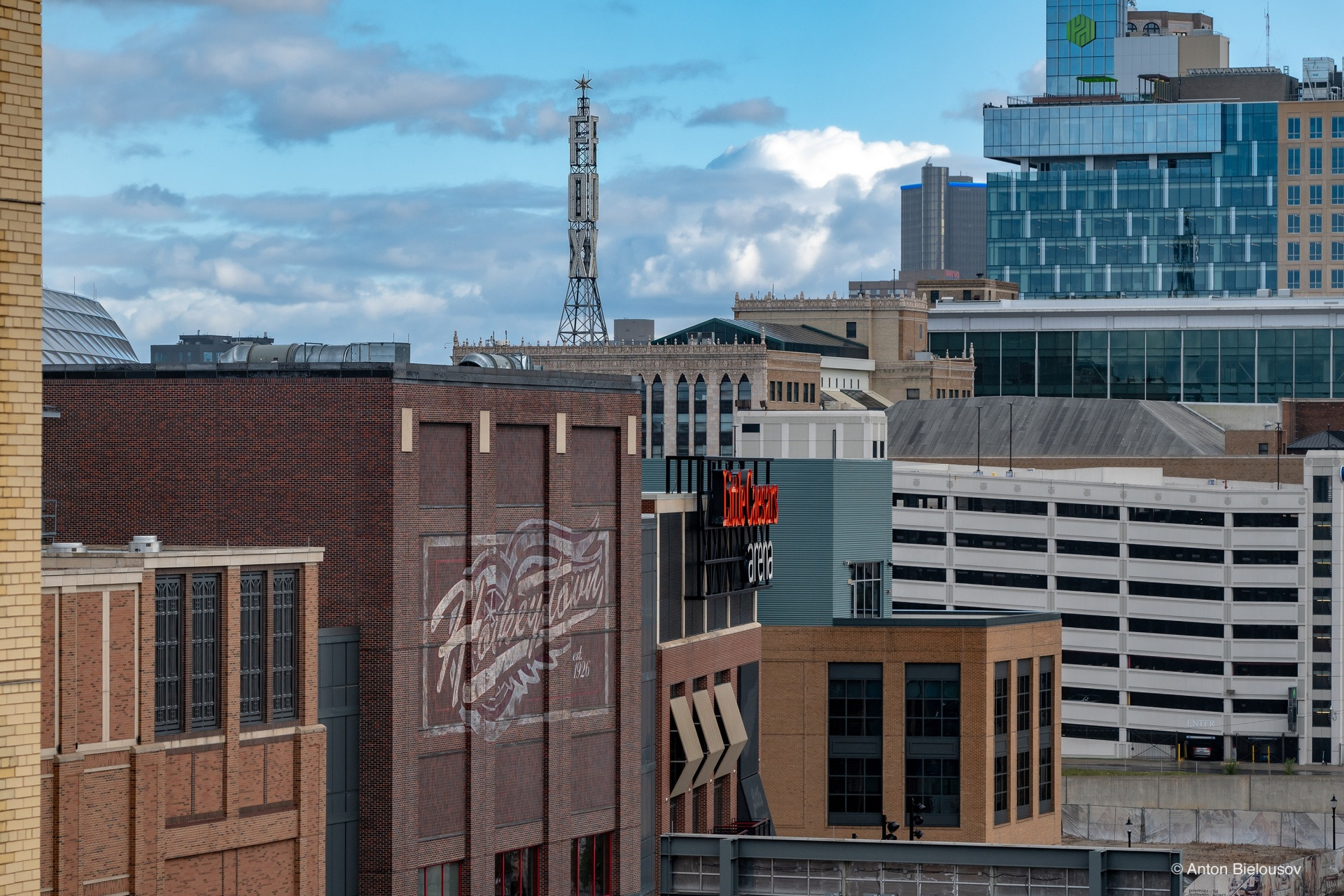
But back to the ground, one thing that immediately stands out in Detroit is the sheer emptiness of its roads.
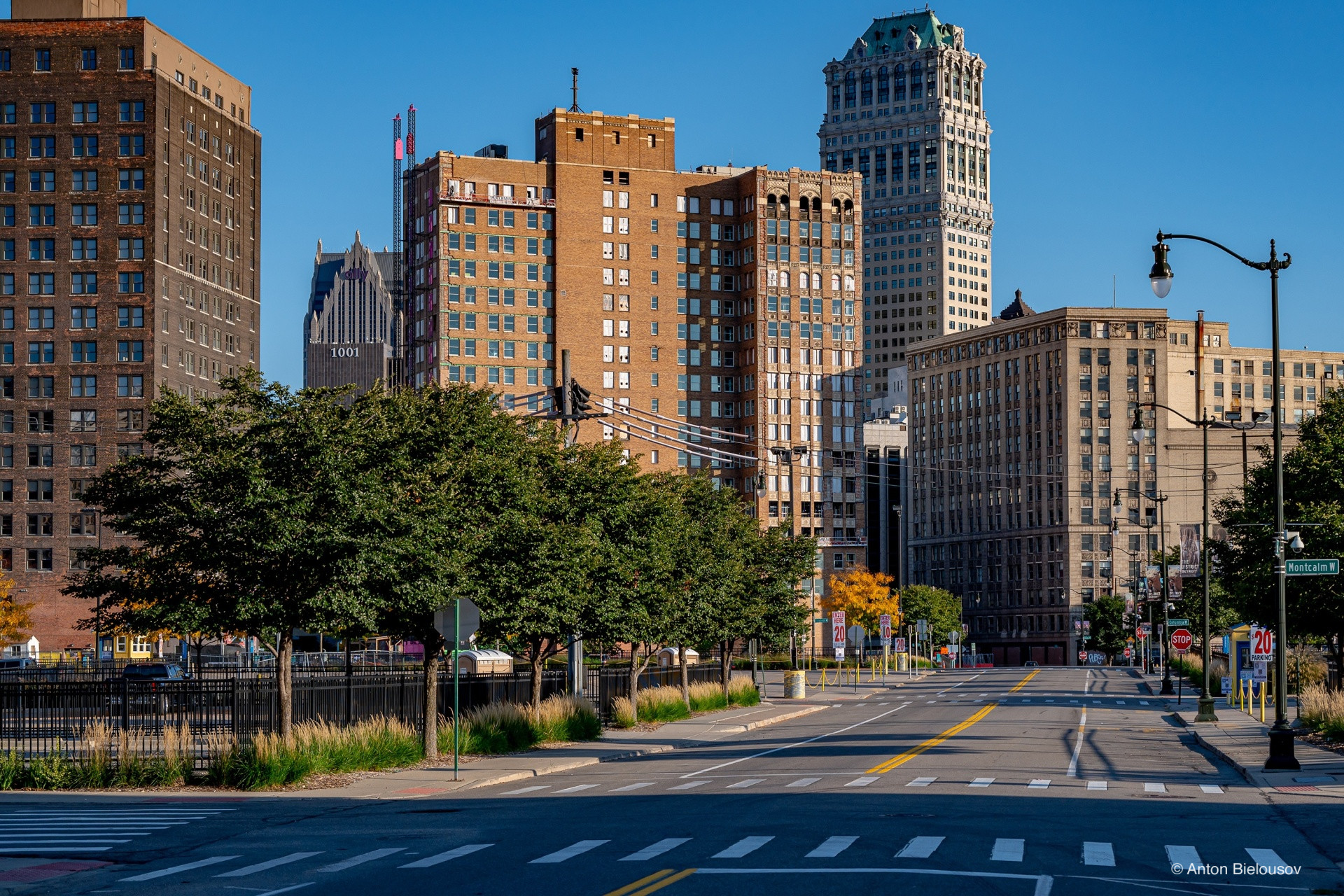
In a whole week in Detroit, I spotted maybe three or four Teslas—quite the refreshing detox after the West Coast.
It’s not that there are no cars at all—just that they’re a rare sight. And this, in turn, has shaped a rather unique pattern to crossing the street: “If no one’s around, I’m going.” Perhaps that’s why most of the city’s traffic lights aren’t sensor-controlled, but simply run on timers.
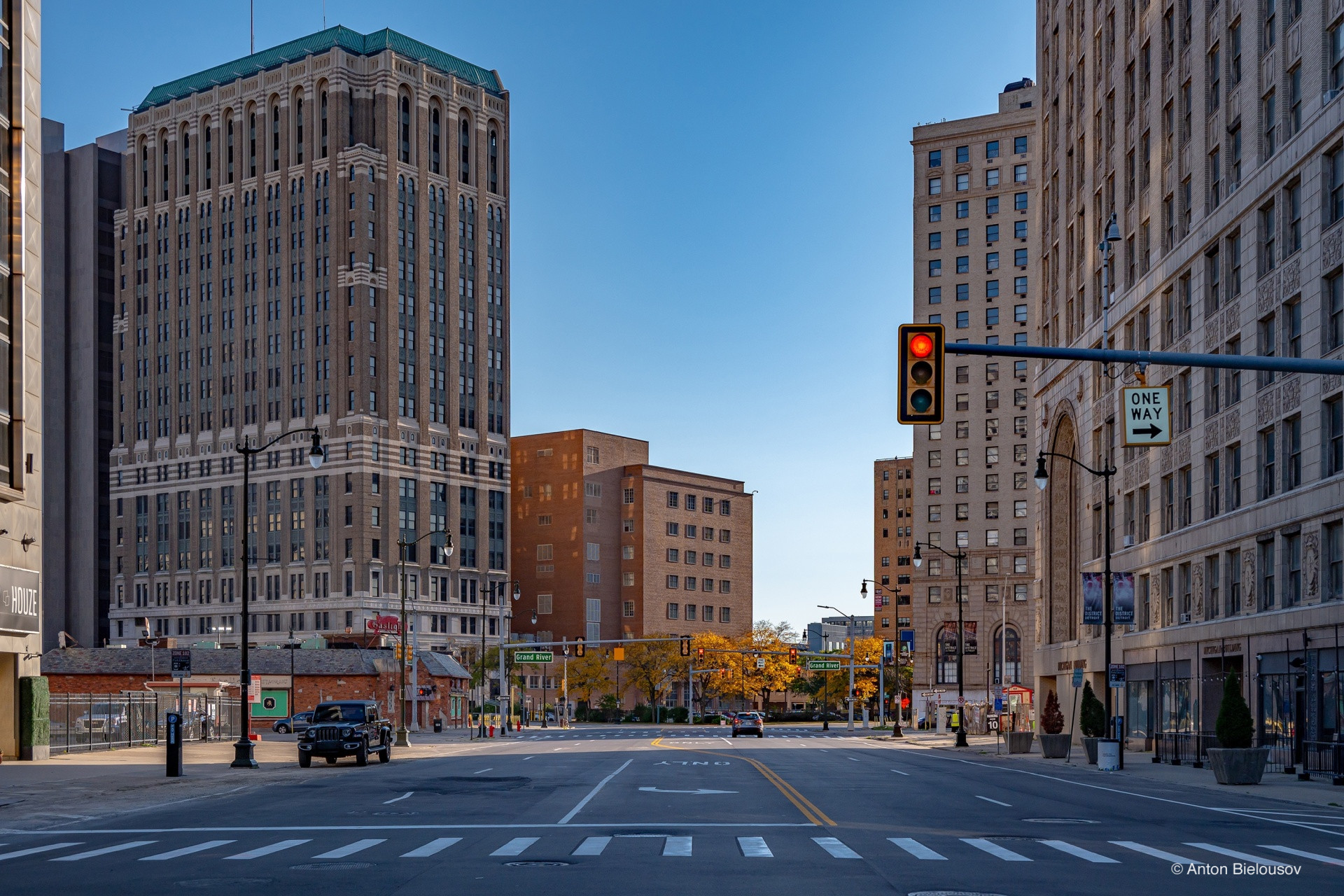
Another phenomenon born from these empty streets? These guys right here.
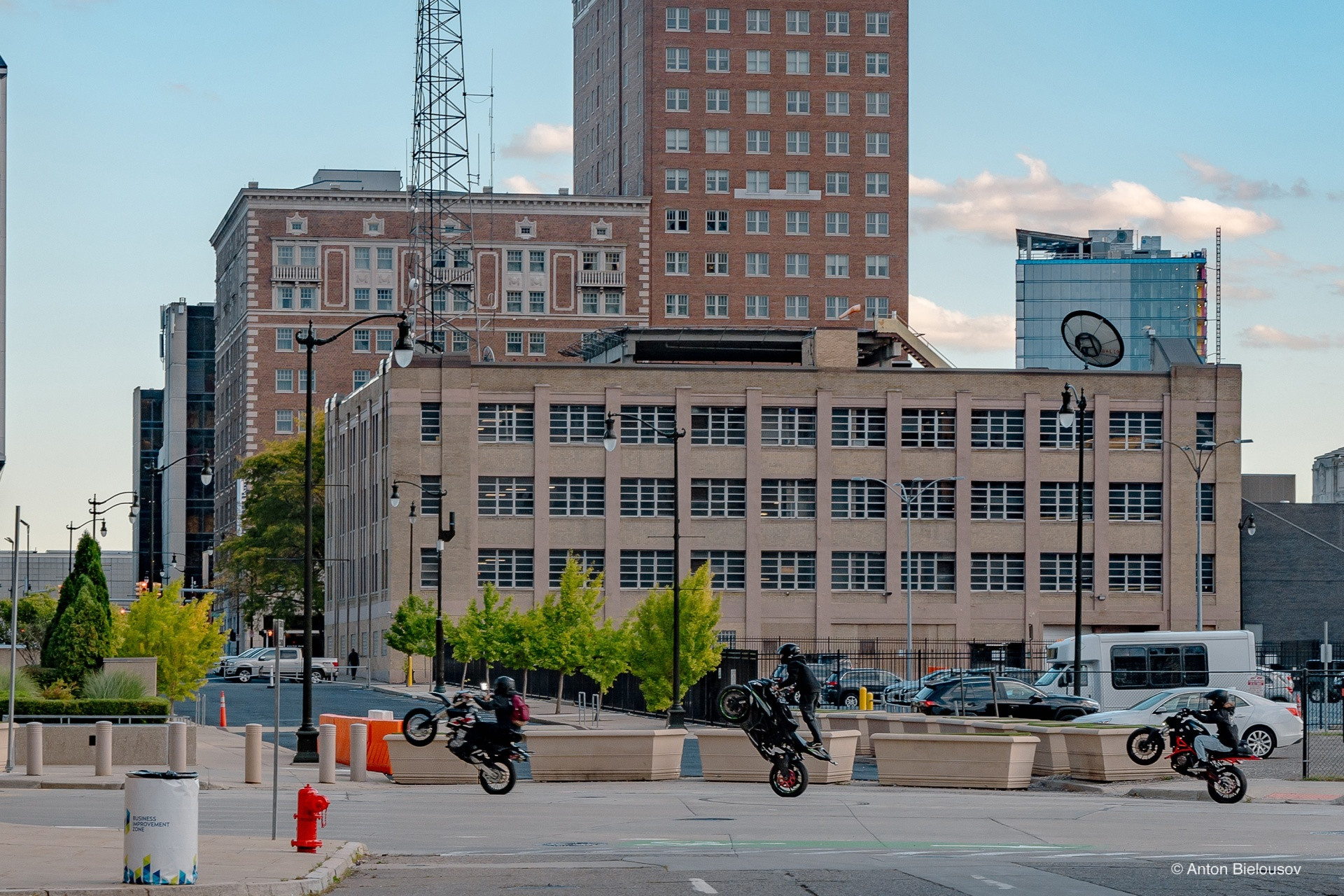
The city was notorious for its motorcycle rumbles and rattles a few years back, but I’d say it’s getting better now. I mean come on, give at a slack, how else should the Motor City sound?
But wait, just look up, and you’ll realize something truly bizarre — it’s not just the roads that are empty, oh no.

A good half of the skyscrapers are sitting there, completely vacant too.
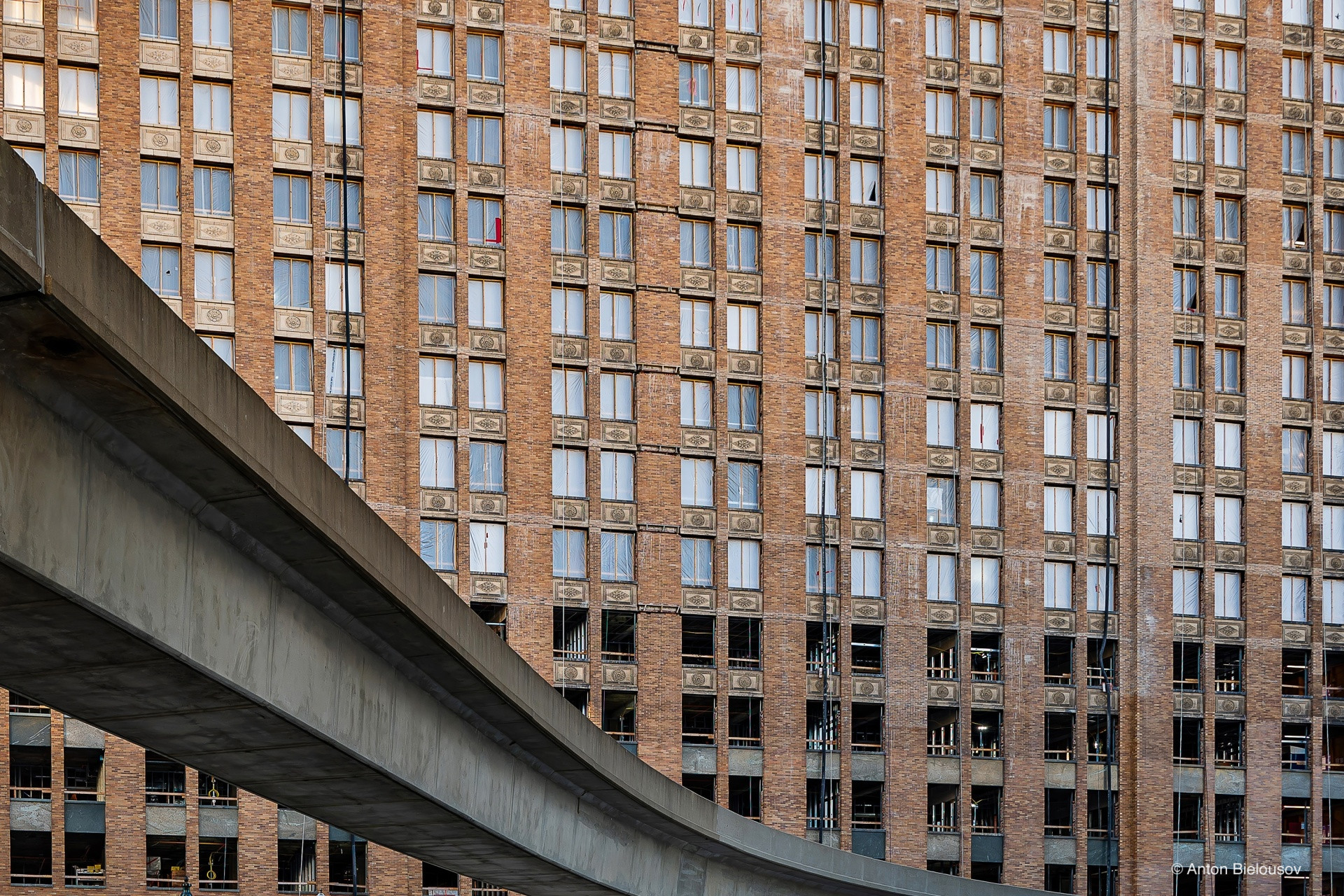
And let me tell you, that’s the moment when my heart started thumping with excitement. I

mean, where else in the world can you see something like this? It’s not exactly common, is it?
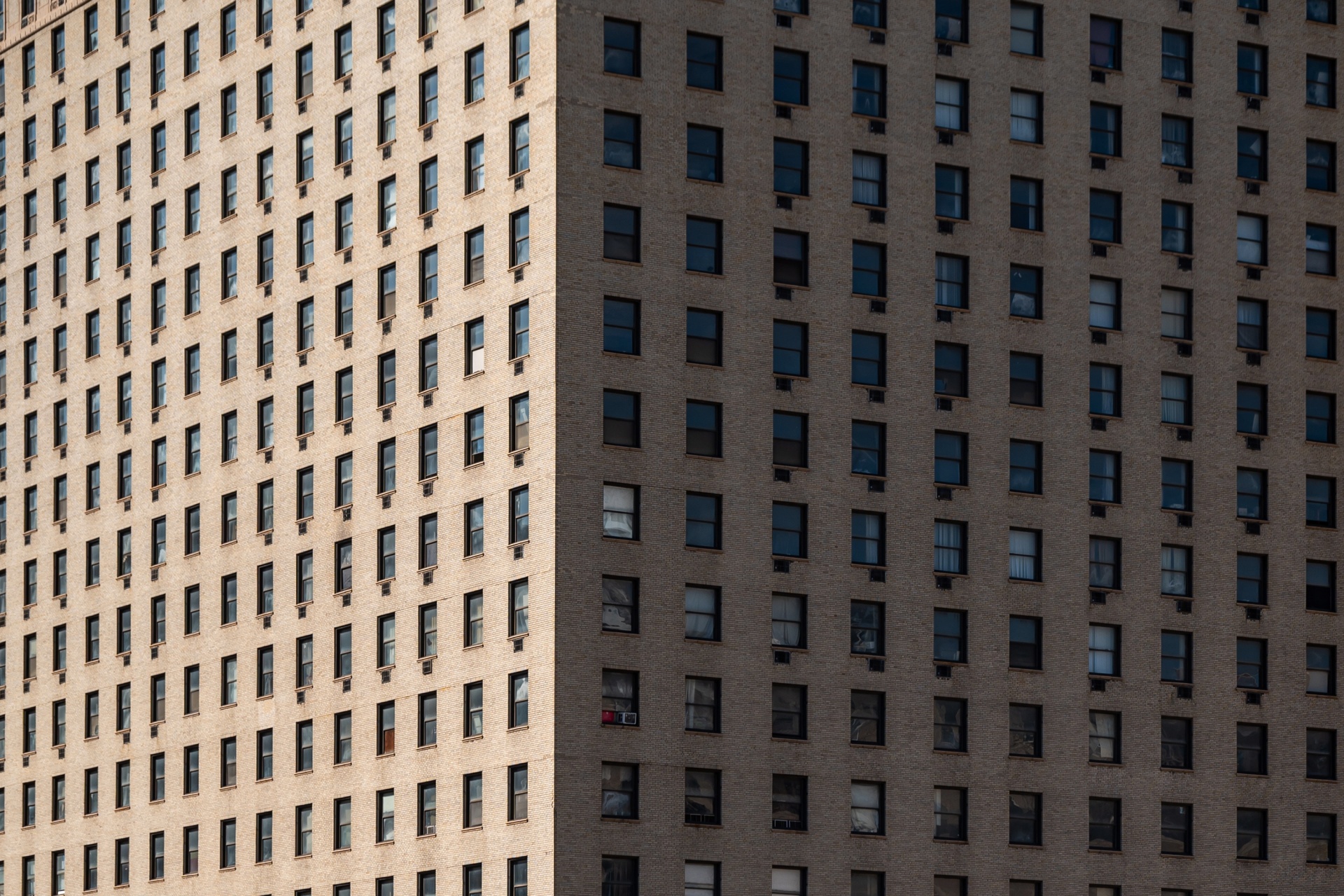

In fact, I’d bet there’s barely a handful of places left where you could find this much vacancy. One thing it resembles for sure… a set for a fake New York City at Universal Studios, where they’ve actually built a city, but never filled it with people.

The construction here is still pretty dense — after all, this was once the 4th largest city in America! And right in the heart of the skyscraper craze.

I must admit though, many of the skyscrapers built in Detroit’s golden years have absolutely stunning architecture! You can’t help but look at them and think, this is what cities used to be like — grand, bold, full of character. If only there were people inside them…
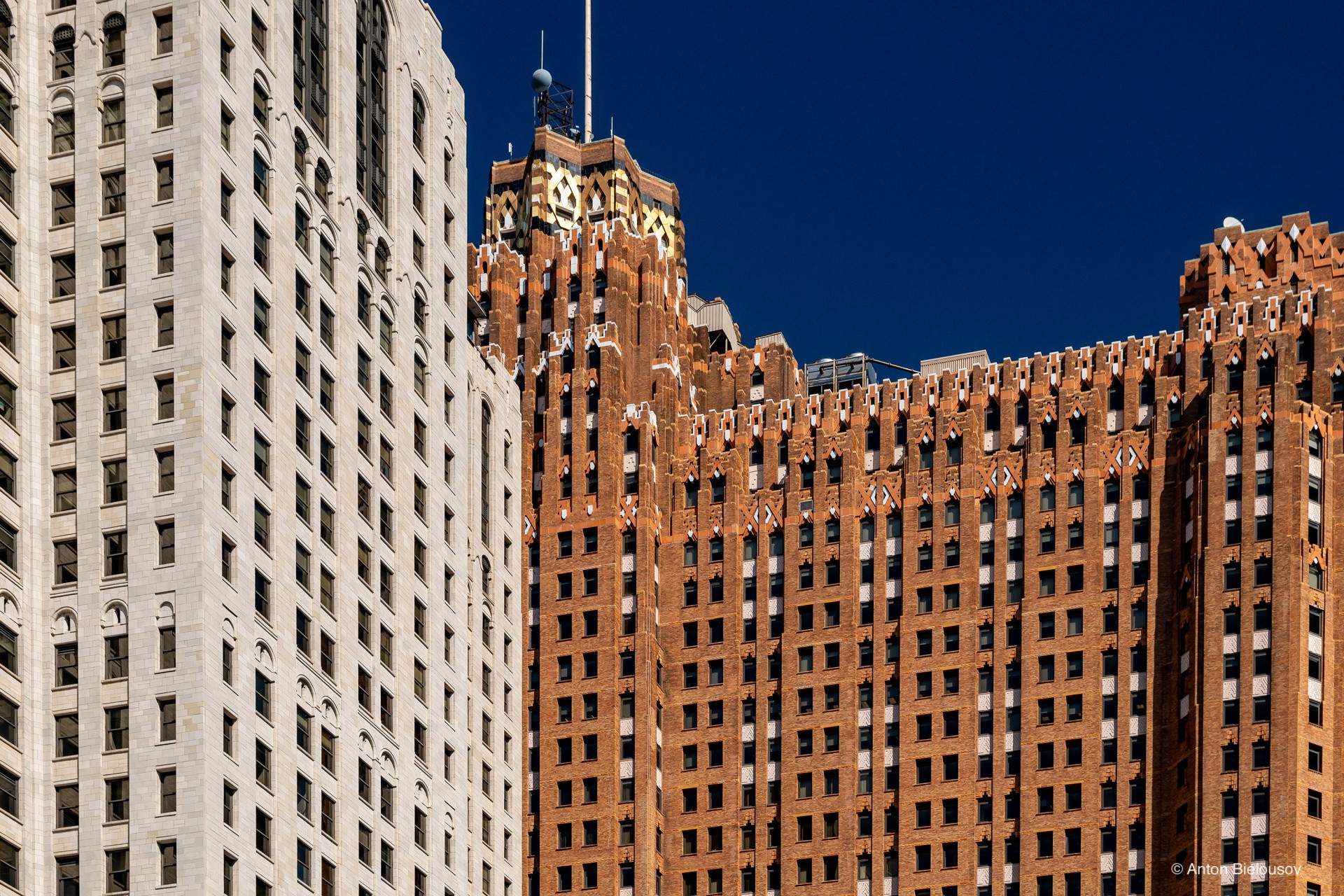
But perhaps the coolest of them all is this one — the brown one.
Guardian Building
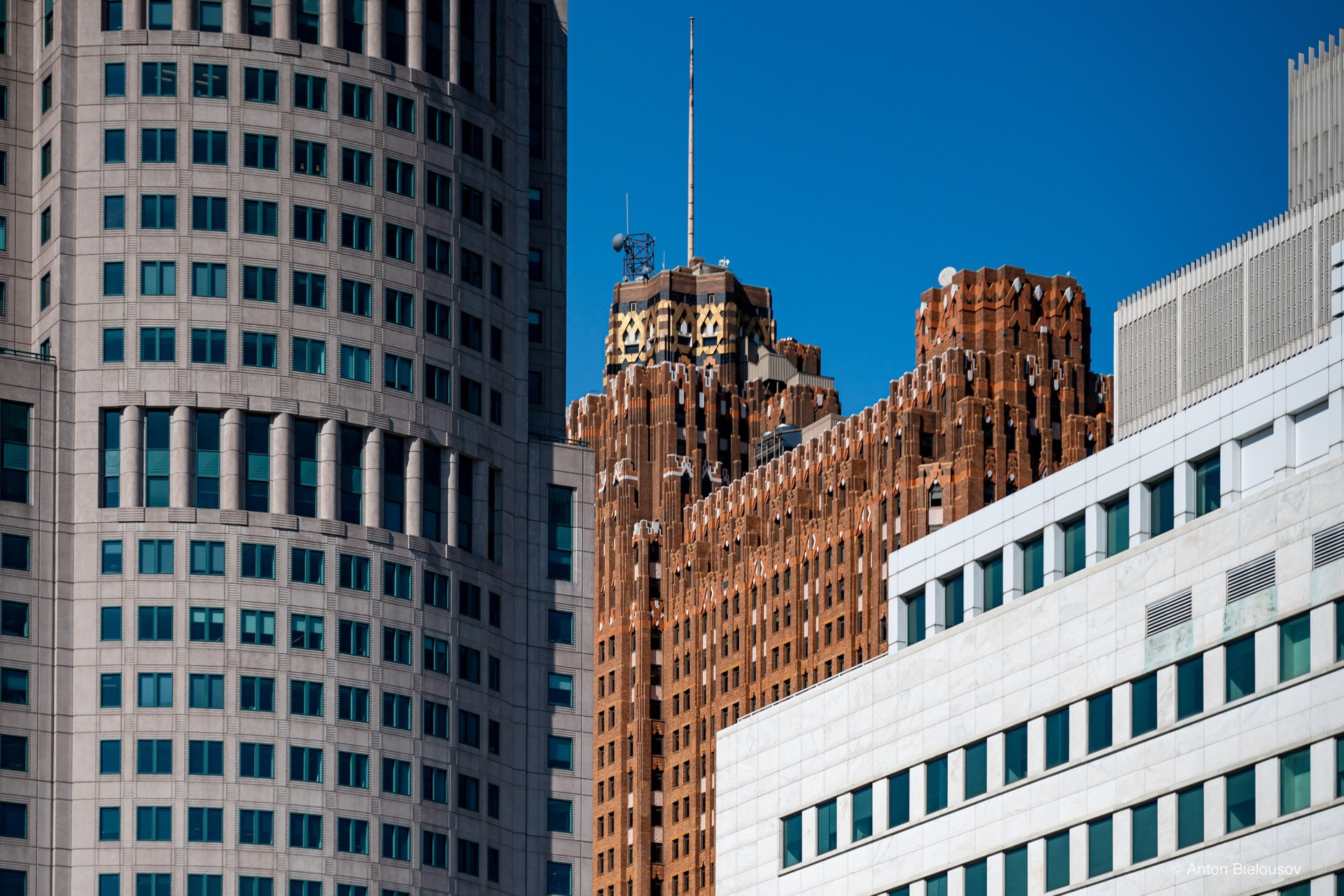
Built in 1928 for the Union Trust Bank, this 150-meter skyscraper is now considered one of the finest examples of Art Deco style and is a national historic landmark. It’s the kind of building that doesn’t just sit there — it commands attention. You can’t walk past it without feeling like you’re in the presence of something truly special.
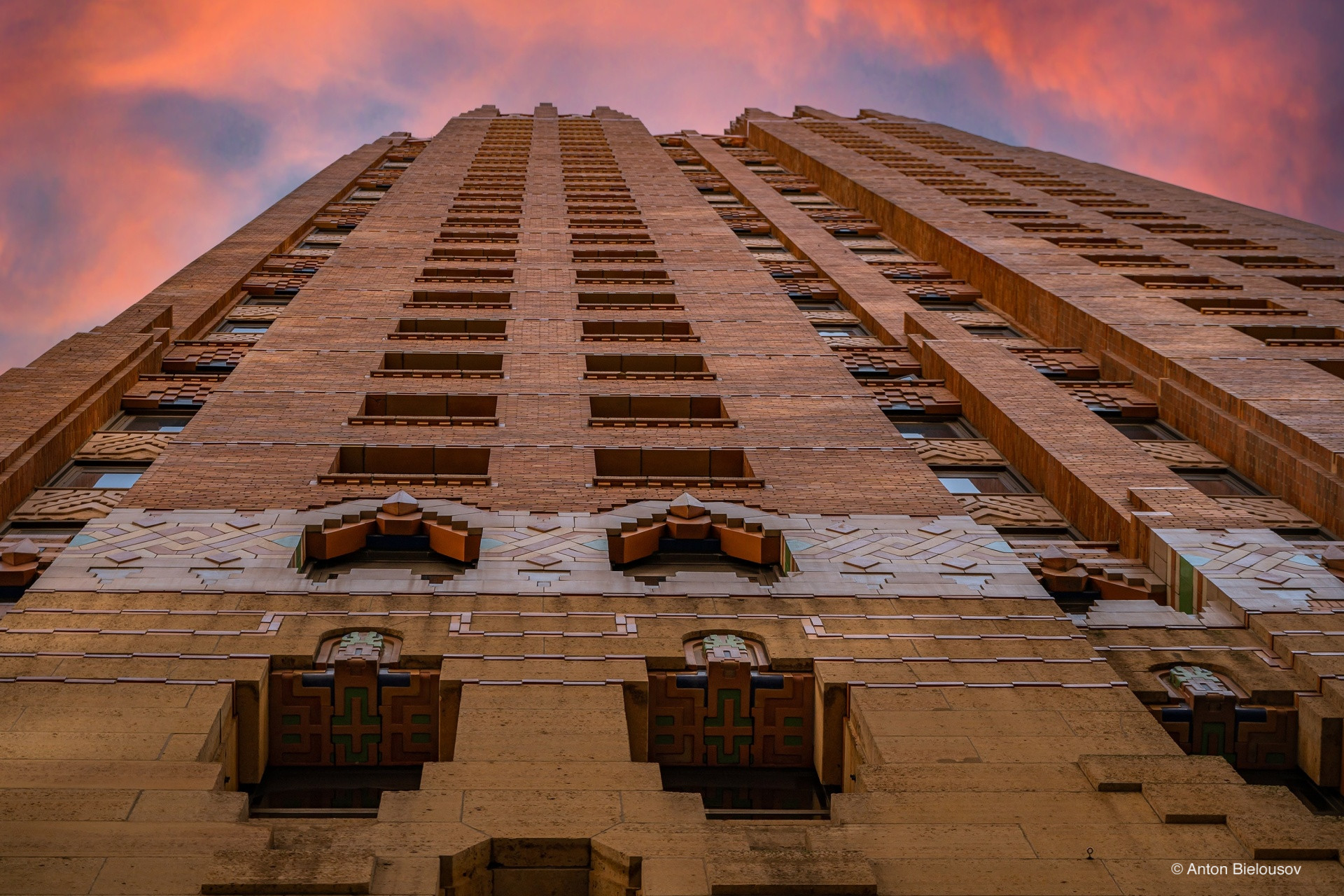
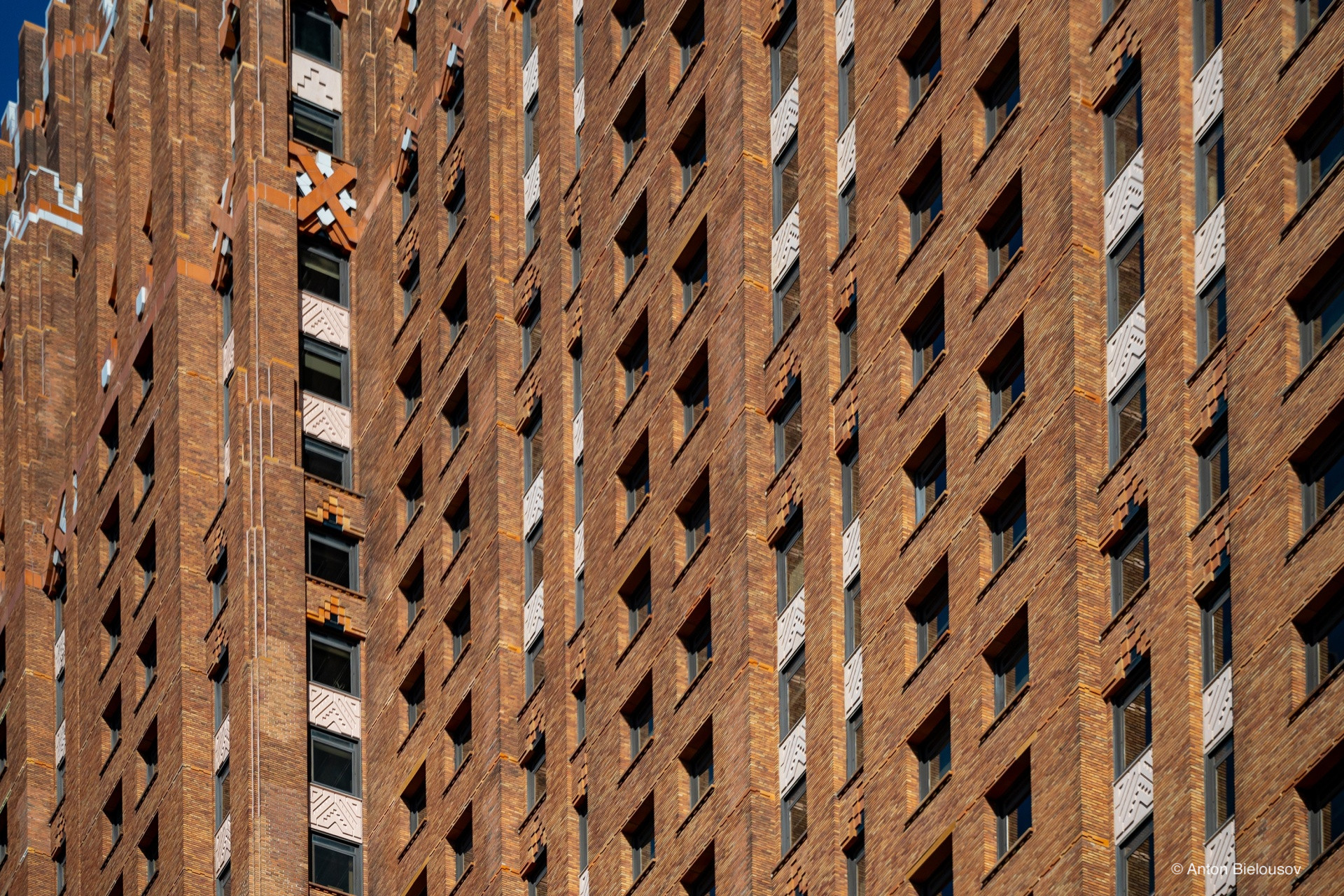
The octagonal and elongated shapes of the building somewhat resemble a cathedral, and that’s exactly what people started calling it — the Cathedral of Finance.

At about the 14th floor, it connects to the neighboring skyscraper with a pedestrian bridge — the Detroit Skybridge. When you’re building an iconic Art Deco tower, a simple sidewalk just isn’t going to cut it, is it? No, you need something that screams “Look at me, I’m important!” and this bridge absolutely delivers.
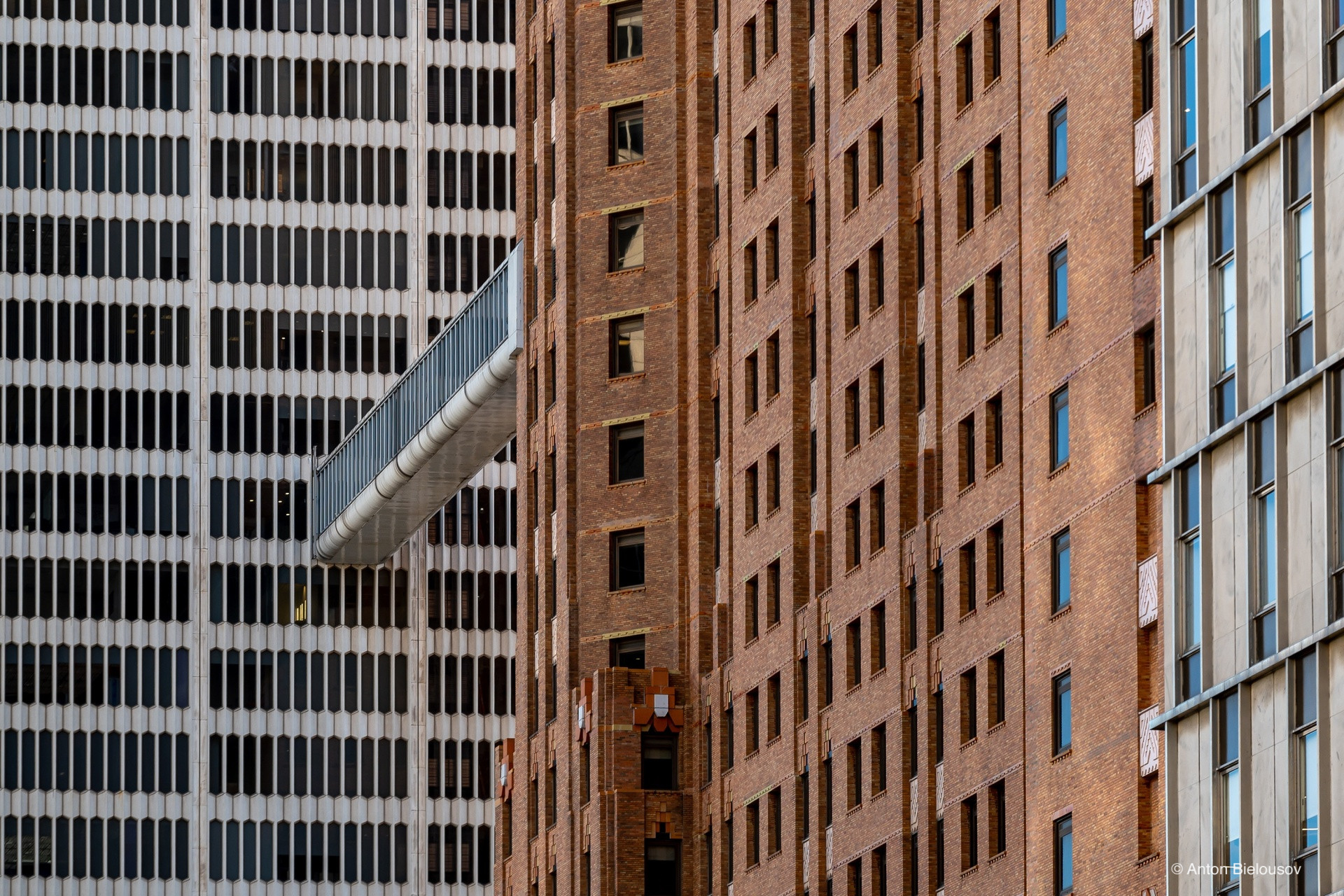
Out of its 40 floors, only a few have been restored and are rented out for office spaces or events. The rest are locked away like a time capsule, waiting for the day when someone decides to bring them back to life.
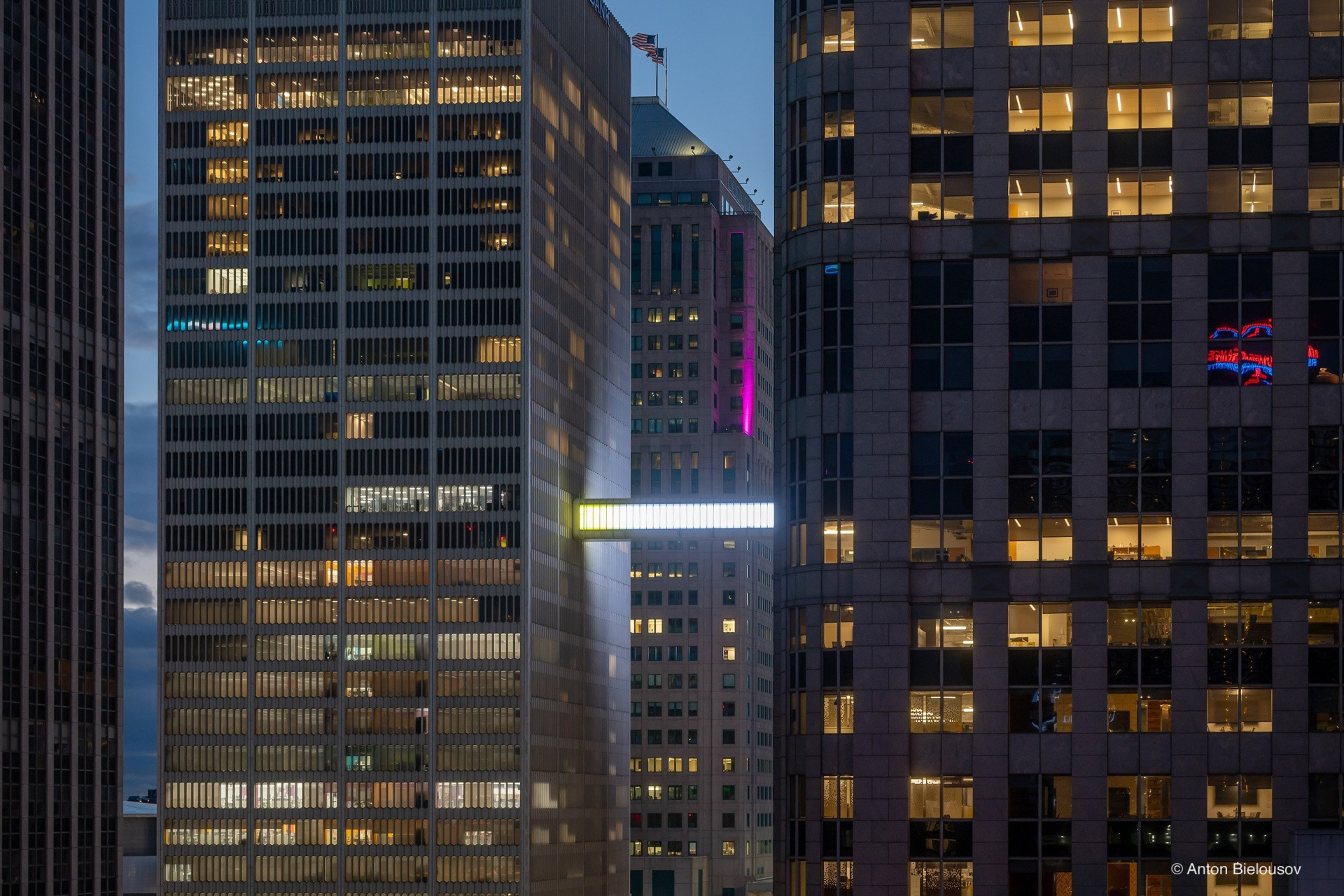
But here’s the thing — the old bank’s lobby is actually open to the public. And not only that, there are a few tiny cafés and restaurants tucked away inside. So, if you’re wandering through the ruins of a once-glorious skyscraper and fancy a coffee, you can grab one.
Where once cashiers and clerks toiled away, you can now buy a coffee or a taco — though the choice is admittedly limited. But hey, beggars can’t be choosers. You can grab a seat at one of the tables in the middle of the lobby and just soak in the utterly epic interior, which, for reasons I can’t fully explain, is decked out in Native American motifs. It’s as if the building’s designer had a mad moment of inspiration while reading a history book
To be continued…
